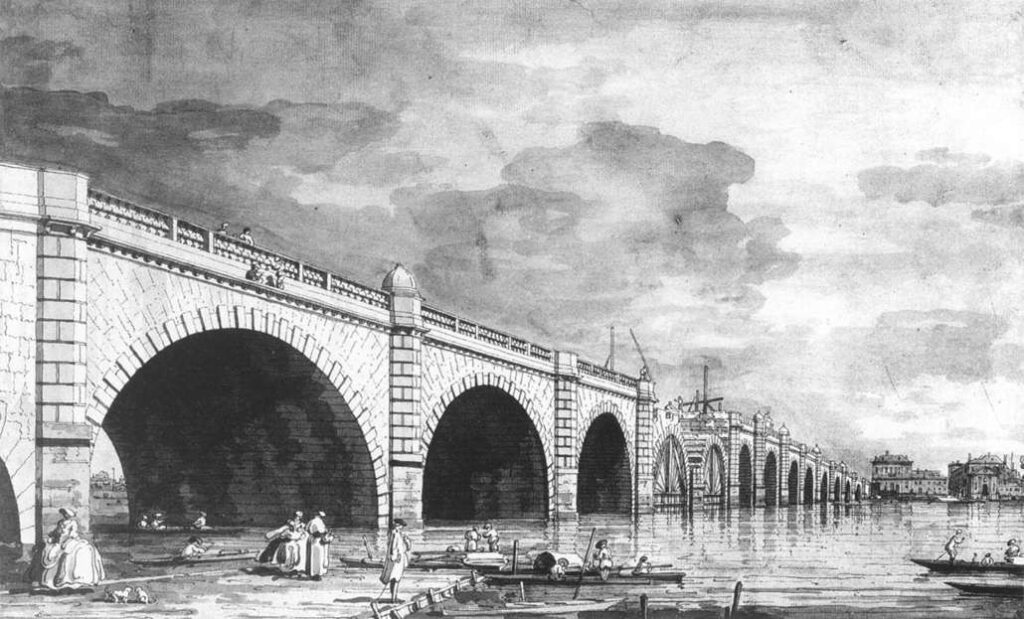Eleven Secrets of Westminster Bridge
The bridge known as Westminster Bridge carries more than just pedestrians and vehicles across the River Thames. It holds stories of design choices, political symbolism, engineering firsts and cultural moments. Below are eleven precise facts drawn from historical and structural records.

Painted for political symbolism
Westminster Bridge is painted green. That colour mirrors the leather seats in the chamber of the House of Commons, which sits just beside the bridge. The neighbouring Lambeth Bridge is painted red to match the colour of the chamber of the House of Lords.
Most spans of any Thames bridge
The current Westminster Bridge uses seven iron-ribbed elliptical spans. That is the highest number of spans among the central Thames crossings.
A major rebuild in the 19th century
The original bridge opened in 1750. However it suffered structural problems and was replaced by the current cast-iron bridge which opened in 1862.

Gothic-style detailing by Charles Barry
The visible design elements including parapets and spandrels were styled by Charles Barry, the architect of the adjacent Palace of Westminster, tying the bridge to the nearby building’s aesthetic.
Colour choice reflects the Commons
Beyond symbolism, the green paint was chosen in the 1970s to match the House of Commons seats opposite the bridge. This was a deliberate choice linking bridge to parliament.
Connection between Westminster and Lambeth
The bridge links the area of Westminster on the north-west side of the Thames with Lambeth on the south-east. It has been in use for road and pedestrian traffic since the 1862 version opened.
Engineering firsts and foundation issues
The earlier version of the bridge (1750) used large floating caissons sunk into the river bed. The replacement in the 1850s and ‘60s addressed problems of subsidence and increasing traffic loads.
Its location offers iconic views
From the bridge you can see the Houses of Parliament, Big Ben, the London Eye and the South Bank. Its central location makes it a favourite for photographs and tours.
Listed historic structure
Westminster Bridge is protected as a historic structure (Grade II* listed in the UK system), recognising its architectural and historic importance.
Shades of “old bridge” in cultural memory
The original bridge appears in paintings by Canaletto and Samuel Scott. It also features in famous poems and literature, elevating it beyond mere infrastructure.
A site of national events and incidents
Because of its proximity to the UK Parliament and its central role, Westminster Bridge has been the location for protests, major public events and even attacks. Its function thus extends into the civic realm.
Why These Secrets Matter
Understanding these details gives a richer view of the bridge. Instead of only seeing a route across the river, you can see political meaning (colours), engineering evolution (rebuilt structure), artistic and cultural significance (images and poems) and practical value (connections between key areas in London). Many visitors cross the bridge without appreciating how many layers of history it carries.
How to Spot Them on the Bridge
If you stand on Westminster Bridge with time to observe, you can look for:
- The green-painted railings and compare with nearby Lambeth Bridge which appears red.
- The seven visible arches beneath the bridge when you view it from the Embankment or on a boat.
- The Gothic-style cast-iron decoration on the parapets.
- The Parliament buildings framed at one end and the South Bank sphere at the other.
- The plaques or inscriptions at the ends of the bridge that mark dates and drawings of the rebuilds.
Visitor Tips
Crossing early morning or late evening gives clearer views and fewer crowds. On the north-west side you will find the façade of the Palace of Westminster, while on the south-east you can walk towards the London Eye and County Hall. Taking a moment to look at the structure beneath and the decoration helps you recognise the craftsmanship and design decisions.
Summary
Westminster Bridge is more than a crossing. It’s a statement in paint, structure, art and public life. From the green colour that links it to the House of Commons to the seven cast-iron spans, from its mid-19th-century rebuild to its role in culture and politics, it hides many stories in plain view. Knowing these eleven facts turns a simple walk across the Thames into a richer experience of London’s history and architecture.
